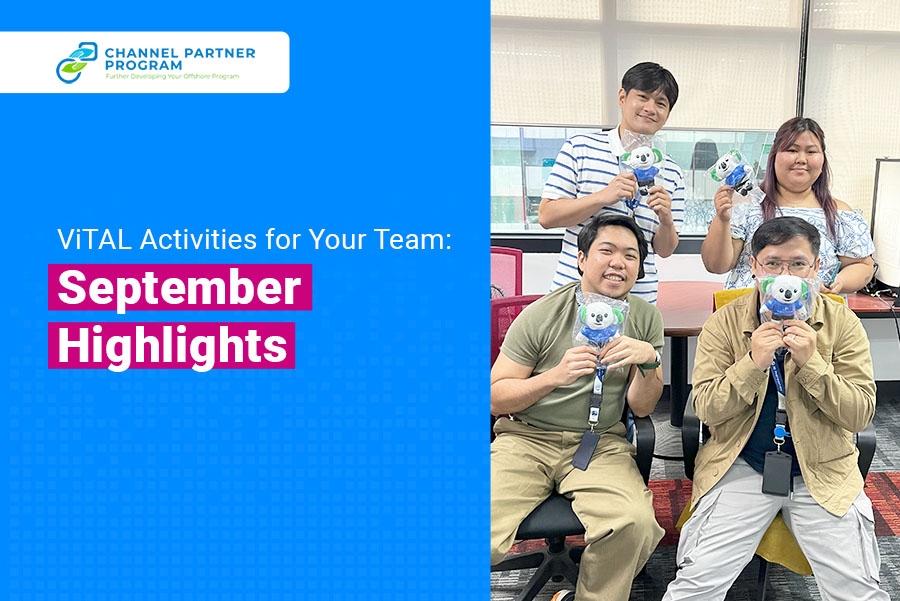Creating a culture of confidentiality ensures that sensitive information is handled with the utmost respect and security, both within teams and across departments. It’s about more than just compliance—it’s about fostering trust and accountability.
Start with Trust: It’s About Culture, Not Just Compliance
Confidentiality begins with leadership. If employees see their leaders handling sensitive matters with respect and discretion, they’ll be more likely to follow suit. Here’s how to start building that foundation of trust:
- Leadership Sets the Tone: Leaders must model confidentiality at all times. Whether it’s a private conversation with a team member or a strategic discussion in a meeting, how leadership handles confidential information speaks volumes. Your employees will take cues from you—so ensure you’re leading by example.
- Confidentiality as Culture: Confidentiality isn’t just something to tick off on a compliance checklist—it should be embedded in your company culture. Make it clear that handling sensitive information securely is a core value. This mindset shift will encourage everyone to take responsibility for safeguarding data.
Educate Everyone: Awareness is Key
For confidentiality to be effective, everyone in the organization must be trained on what constitutes confidential information and how to handle it appropriately. Here’s how to ensure everyone is on the same page:
- Train Employees Regularly: Make sure your team understands what counts as confidential information and why it’s critical to protect it. This includes everything from financial data and client information to internal strategic plans. Don’t just make this an onboarding task—make confidentiality training a regular part of your team’s development.
- Clarify Legal and Operational Consequences: It’s crucial that employees understand the serious consequences of mishandling confidential information, both legally and operationally. Outline these consequences clearly in your policies and reinforce them regularly to avoid accidental breaches.
- Reinforce Policies Often: One-off training sessions aren’t enough. Regularly reinforce confidentiality policies—through team meetings, emails, and internal communications. Remind employees of the importance of safeguarding data and share updates on any changes to the policies.
Tools and Practices: Protecting Information with Technology
Even with a strong cultural foundation and well-informed team, you’ll need the right tools to keep information secure. Here are some practical steps to integrate technology and tools into your confidentiality efforts:
- Use Secure Communication Channels: Invest in encrypted communication channels, such as secure emails or tools like Slack with permissions in place. When communicating sensitive information, ensure that only the intended parties can access it.
- Restrict Data Access: Implement role-based access controls to restrict who can view and handle confidential information. Ensure that only those with a legitimate need to access certain data can do so. This minimizes the risk of accidental breaches.
- Routine Audits and Access Logs: Implement regular audits and access logs to track who’s accessing sensitive information and when. This will help you catch any discrepancies early and ensure accountability within the team.
Encourage Accountability Without Fear
A culture of confidentiality doesn’t just come from policies and training—it’s about creating an environment where employees feel safe to raise concerns and are held accountable for their actions. Here’s how to foster that kind of environment:
- Promote a Speak-Up Culture: Employees need to feel safe reporting concerns about confidentiality breaches, whether accidental or intentional. Encourage an open-door policy where concerns can be raised without fear of retaliation.
- Recognize and Reward Good Data-Handling Behavior: Just as you would reward great performance, recognize and reward employees who handle confidential information securely and responsibly. This will reinforce the behavior you want to see across the organization.
- Management Models Confidentiality: Finally, it’s essential for management to model confidentiality in action. Whether it’s discussing sensitive issues in private or ensuring team members follow best practices, management should be the first to set the example.
Creating a culture of confidentiality is an ongoing process that requires commitment from leadership, training for all employees, and the right tools and practices.
By starting with trust, educating your team, implementing secure practices, and encouraging accountability, you’ll foster a work environment where confidentiality is a core value—protecting both your employees and your business from potential risks.
Lead by example, and make confidentiality not just a policy, but a way of life in your organization.





